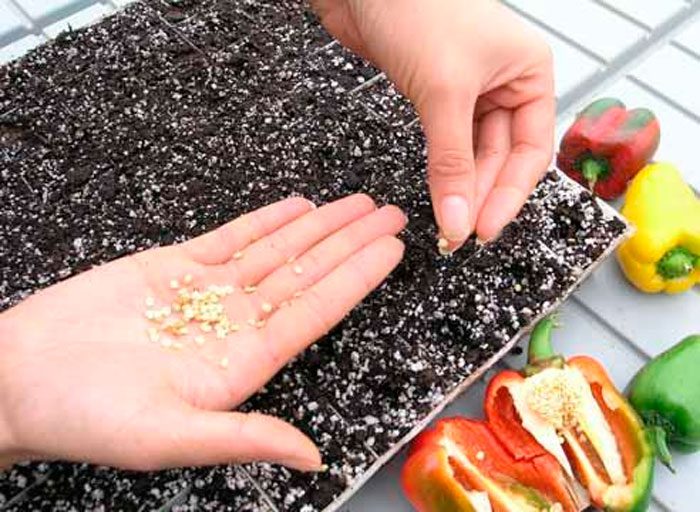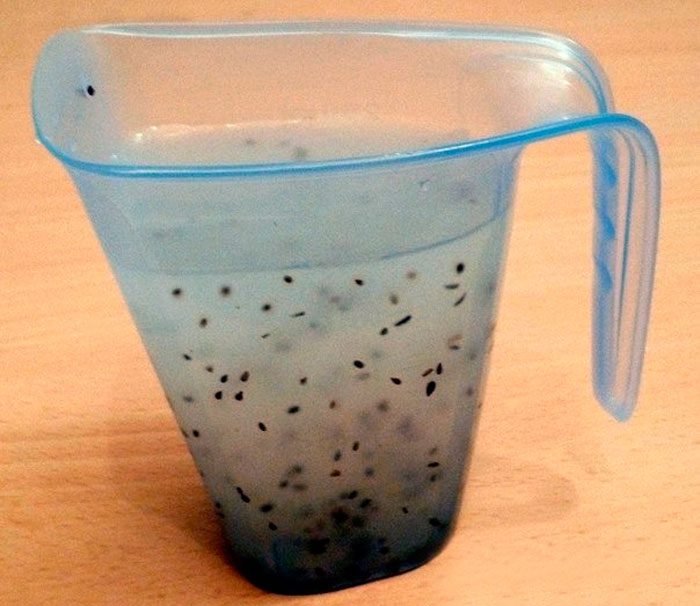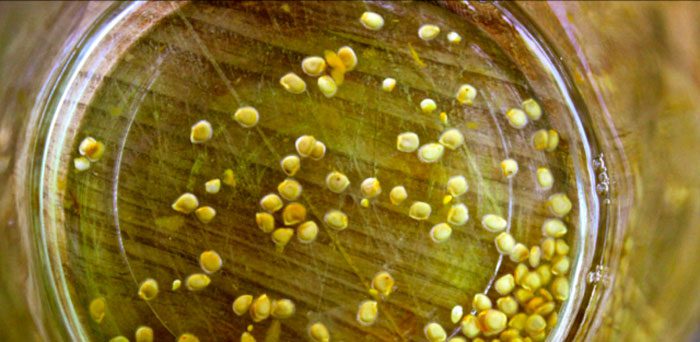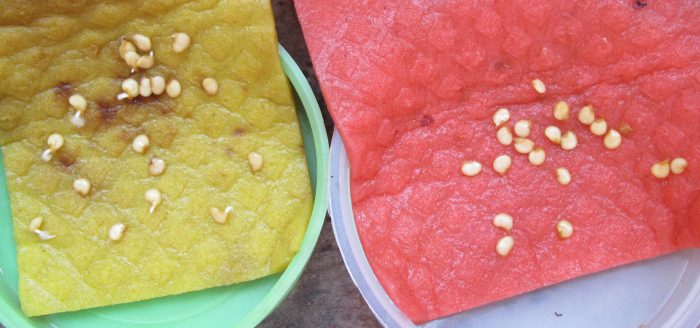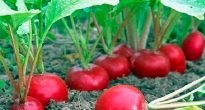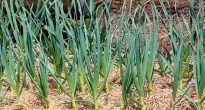Sowing the seeds of a vegetable crop such as pepper can be carried out without preliminary preparation, but experts do not recommend doing this. The fact is that in this case the germination of seeds will be relatively low. And those seedlings that appear will grow and develop slowly and poorly. If you want to harvest a good crop of peppers, then you must definitely resort to preparing pepper seeds for sowing seedlings. Such preparation is conventionally divided into 5 stages.
Content
Stage 1: Seed selection
You should know that experts advise planting pepper seedlings in open soil only after 60-80 days have passed since the seedlings appear. In this regard, sowing seeds should be done in the last days of February or at the beginning of March. In order to find out a more accurate date of sowing seeds, you need to take into account the variety of pepper that you are going to plant, as well as the peculiarities of the climate in your region.
When preparing seeds for sowing, the first thing to do is to sort them out. In the event that this procedure is skipped, then future seedlings will appear on the soil surface at different times. You will need a dry piece of paper. It is necessary to pour the seeds onto it, and then manually select all small, as well as large ones. Sow only those seeds that are of average size.
To understand where the hollow seeds are and where they are not, you can carry out a special procedure. To do this, pour a saline solution into a small container (30 grams of salt is taken per liter of water). Then you will need to pour the seeds into this liquid. Wait 5-7 minutes, and then remove those seeds that remain on the surface, they are hollow. Those seeds that have drowned must be removed from the water, rinsed thoroughly and then dried.
Stage 2: Disinfection of seeds
The procedure for disinfecting seeds before planting has a beneficial effect on the health of seedlings, any agronomist can tell you with confidence. There are several solutions that are used to disinfect inoculum, but the most popular of these is a weak solution of potassium manganese. In the prepared solution of potassium permanganate, you need to immerse the seeds and wait from 10 to 15 minutes. After that they are taken out, thoroughly washed and dried. Seedlings that grow from these seeds will be highly resistant to a variety of diseases.
If desired, you can choose for seed treatment and more modern preparations.So, for disinfection of seeds, you can use a specially designed antifungal agent. In a special store you can easily purchase one of these drugs, namely: "Maxim", "Vitaros", "Fitosporin-M", etc. Before soaking the seeds, study the instructions, which must be attached to the purchased product. In order to increase the percentage of germination, a special agent that stimulates growth can be poured into the solution intended for dressing seeds. So, among summer residents the most popular is such a drug as "Epin".
Stage number 3: Saturation of seeds with microelements
The next step in preparing seeds for sowing is soaking them in a nutrient-rich solution. However, this procedure is optional. There are summer residents who use mineral mixtures purchased in a special store for this purpose, and there are those who use exclusively folk remedies. The most popular among folk remedies is a solution prepared on the basis of wood ash. This ash contains 30 trace elements that are necessary for the normal growth and development of pepper.
To prepare the solution, you will need to mix a liter of water with 20 grams of wood ash. This mixture must be put on for 24 hours so that it can settle well. Place the seeds in a cloth bag and place in the resulting nutrient solution. The seeds should stay there for 5 hours. After the time is up, the seeds must be pulled out and dried on a sheet of paper. They should be soaked just before sowing.
Stage 4: Soaking the seeds
Before sowing seeds, it is recommended to put them in one layer on the surface of moistened cotton wool, paper napkin, cloth or washcloth. For better moisture conservation, cover them on top in the same way. While the seeds are hatching, you must try to keep them always in a humid environment and warm (at least 25 degrees). After 7-14 days, they should hatch.
You can sow both swollen seeds and hatched seeds. In the latter case, sowing should be done as soon as the sprouts appear. Otherwise, the grown sprouts are easily injured during sowing.
Stage 5: Hardening the seeds
There are gardeners who are confident that they must be hardened before sowing seeds into the soil. To harden them, it is necessary to place the swollen seeds in a place with an air temperature of minus 1 degree. There is a more difficult option for hardening seeds. To do this, they are kept warm for 10 days, and at night they are removed to a place with a temperature of minus 2 degrees.
Hardened seeds tolerate sowing better. Such seedlings appear relatively quickly and are not afraid of sudden changes in temperature. After the hardening procedure, the seeds will be ready for sowing, but before that they should be dried.
It is not at all necessary to go through all 5 stages when preparing seeds for sowing. So, there are summer residents who only disinfect the seeds, others do not harden them, and someone does not soak them in a nutrient solution. However, to keep your seedlings healthy and strong, it is still best to complete the seed preparation completely.

